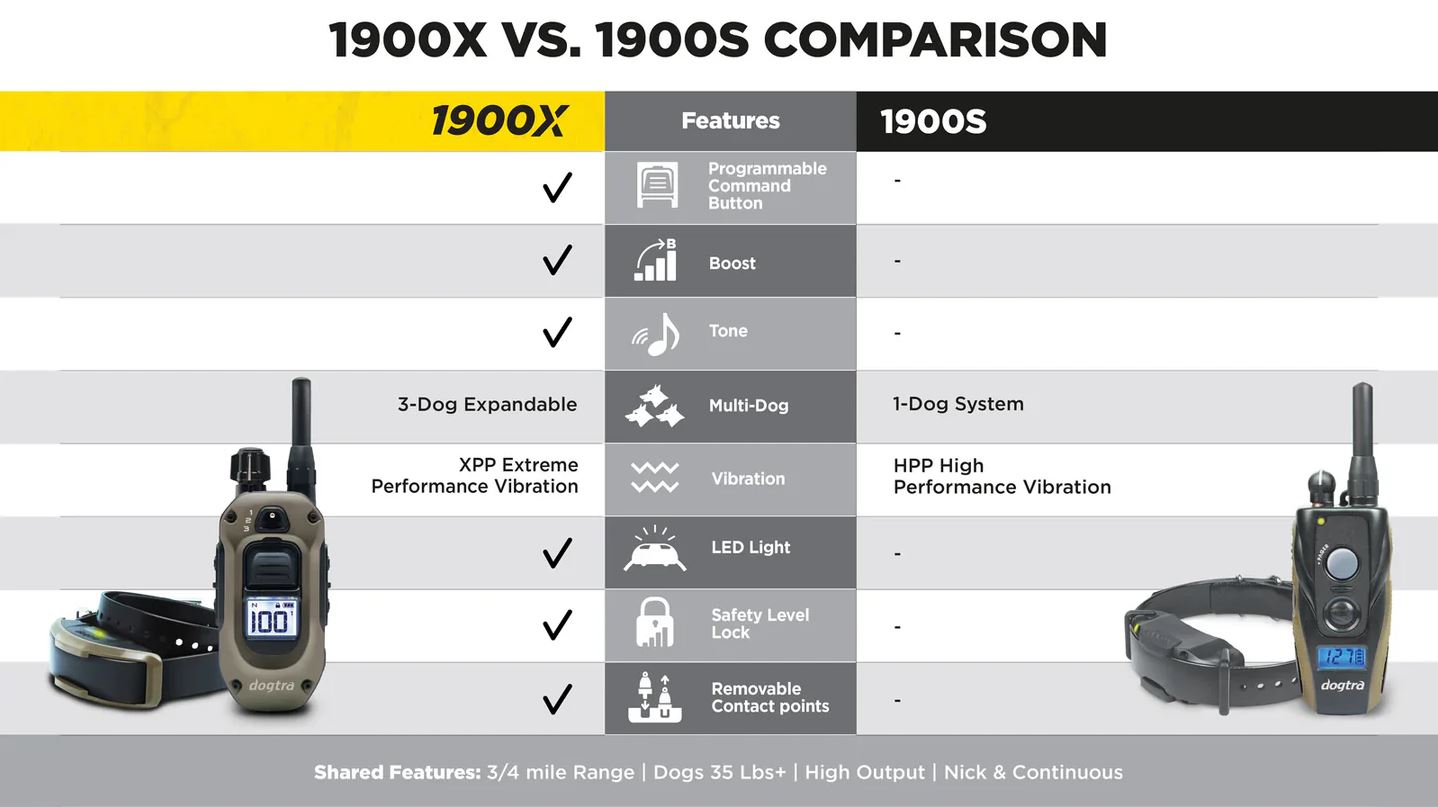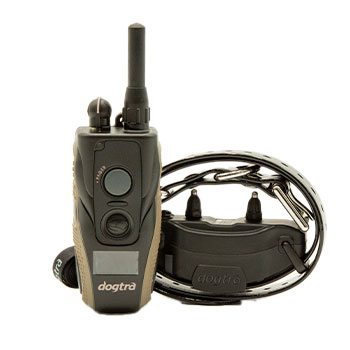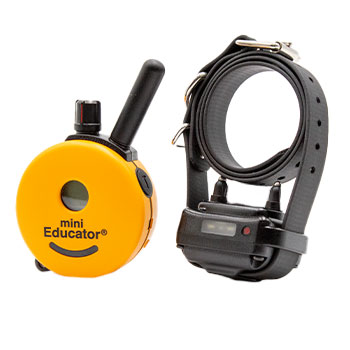The Evolution of Working Levels in Remote Collar Training

People who use a remote collar as a bigger hammer do an injustice to their dogs and to good dog trainers all around the world. Those people are the reason remote collars are banned in many countries.
This article was taken out of my online course titled Remote Collar Training for the Pet Dog Owner.
The two most important aspects of training our dogs with a remote collar are: knowing when to use them and what level of stimulation to use when you do train with them. I'll explain our approach to selecting training levels.
If you learn anything from my course I hope you remember what's covered in this article. This needs to become the core of how you approach working levels to use in your remote collar training.
Forty years ago, when I got my first remote collar, training with collars was all about punishment for not doing what was asked. Over the years that's changed.
Today the purpose of a correction is not to punish a dog but rather the purpose of a correction is to use the least amount of pressure needed to get a behavior change. That may seem like word semantics, but its not.
What if our dog knows what we are asking when we call it, but it is a little distracted. Does it make sense to punish it for noncompliance when a simple tap on the shoulder would result in the dog refocusing on us and coming? A remote collar, set at a low working level, gives us that option without damaging the dog's relationship with us.
When I train with a collar, my goal in to use the least amount of pressure, the lowest level of stimulation, to get compliance. This training system is known as "low level stimulation training". To learn how to do this we must first understand how our dog perceives and reacts to stimulation from a remote collar.
Dogs, like people, all react differently to remote collar stimulation. Breed and size seldom play a part in how a dog reacts to stimulation from a remote collar. The fact is every dog reacts a little differently. That is why no one can tell you what stimulation level you should be using when you train your dog. Determining your dogs working level is something you have to do yourself.
Where We Start
If you would like more information on the remote collars we use and recommendations, send us a message.

Our collar has 127 levels of stimulation. When we put the remote collar on a person, most people won't feel anything until level 21 or 22. But, I have seen a few people who don't feel anything until level 50 or 60.
The first time I saw this I thought that guy was really tough, but that wasn't the case. He really didn't feel anything at lower levels. This had nothing to do with being tough. For some reason he couldn't feel the lower levels. It is the same with some dogs. They simply don't feel or react to lower levels of stimulation.
I always recommend that trainers put the collar on themselves to see where their tolerance is. They control the transmitter and start at level one and work up one level at a time until they just begin to feel something. Usually, it's just a slight tingle.
When we start to train with our dog with a remote collar, we do the same thing. We put the collar on the dog and starting stimulating at level one and gradually increase levels one at a time until we see a reaction.
The first time this is done, many dogs don't show a reaction until level 30 or higher. Fact is, it isn't really that uncommon to see a new dog go to level 40 or 50 before reacting. Now very important, this is not that dogs working level. Twenty or thirty years ago we thought it was, but we were wrong. Your dogs working level will end up being lower. I will explain why below.
When first introduced to stimulation, there is no pain. The initial sensations are more of a tingling feeling which most dogs just ignore. They don't show any reaction.
As we continue to gradually increase levels, one level at a time, our dog will eventually reach a point where it feels something and it reacts.
The reactions vary from dog to dog. They can be a slight ear twitch, or looking at the floor like they just stepped on something, or shaking their neck like when they get wet or even something as slight as blinking an eye.
Very seldom will a dog verbalize and yelp, 99% of the time this is not pain induced. It is more of a startle reflex, like a reaction that says, "hey what the heck is that and where did it come from."
In my course, we filmed 15 different dogs doing this same exercise to gauge their reaction. The second time around when we did the exact same exercise the dogs showed a reaction at a lower level. Now we are getting closer to that dogs working level.
Over Time Working Levels Often Come Down
Here is your take away from this article. The longer you train with a remote collar the more likely it is that your dog's working levels will continue to come down.
How far will it come down?
Maybe to zero. You may be lucky enough to only need to use the vibration mode to remind your dog that he needs to listen. That's exactly the situation we have in our family with our the three dogs. The vibration or very low level stimulation becomes a tap on the shoulder to remind them they need to pay attention.
In the end, don't kid yourself that your dog won't figure out that it has a remote collar on and they won't quickly figure out that it's you who makes things happen.
So the final thought goes right back to the goal of our training: to use the least amount of pressure required to get a behavior change.















Ask Cindy.